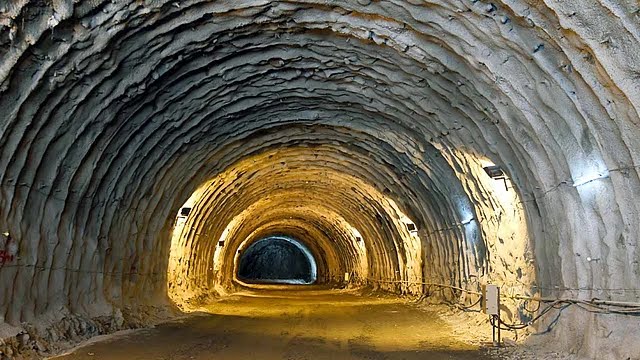
Few infrastructure ventures in modern India rival the scale and strategic importance of the Zojila Tunnel. First proposed in 2013, the Indian government initiated the construction of the Zojila and Z-Morh tunnels to improve year-round access to Jammu & Kashmir and Ladakh, regions vital to national security and development. These projects are part of a broader effort, which includes 31 tunnels across the area, to reinforce India’s border infrastructure.
Situated at an altitude of 3,528 metres, the Zojila Pass links the Kashmir Valley with the Dras, Suru, and Indus valleys in Ladakh. This alpine zone serves as an ecotone—an ecological transition area—between the Greater Himalayas and the Trans-Himalayan regions, making it both geographically and environmentally significant.
Once completed in September 2026, the Zojila Tunnel will become Asia’s longest bidirectional tunnel, stretching 13.1 km. The two-lane passage will reduce travel time from over three hours to just 15–30 minutes. It is expected to revolutionise connectivity by allowing all-weather access, bolster tourism and trade in the region, and greatly enhance military logistics.
As of March 2025, construction was 70% complete, with the project estimated to cost ₹6,809.69 crore.
But the Zojila Tunnel represents more than just engineering prowess—it stands as a symbol of India’s resolve to integrate and uplift its most remote regions, both strategically and economically. However, it also raises serious ecological questions about the impact of such a massive undertaking on a fragile environment already vulnerable to climate change, glacier loss, and habitat disruption.
Executing a project of this scale is no small feat. According to tunnelling expert Manoj Verman—often dubbed the “Tunnel Man of India”—the terrain and weather pose extreme challenges.
“The Zojila region experiences intense snowfall, blizzards, and bone-chilling temperatures, often plummeting below –30°C to –45°C in winter. For nearly half the year, the area is snowbound, making it incredibly difficult to transport materials, deploy manpower, and operate equipment,” Verman explains.
At such high altitudes, he adds, both human stamina and machinery efficiency are severely tested. Worker health, safety, and acclimatisation become top priorities. The harsh winters shrink the construction season, demanding tightly managed schedules and nonstop work during the few favourable months available.
The Zojila Tunnel stands as a remarkable example of what India can achieve, but it also underscores the pressing need to balance development with environmental stewardship in one of the planet’s most delicate ecosystems.
